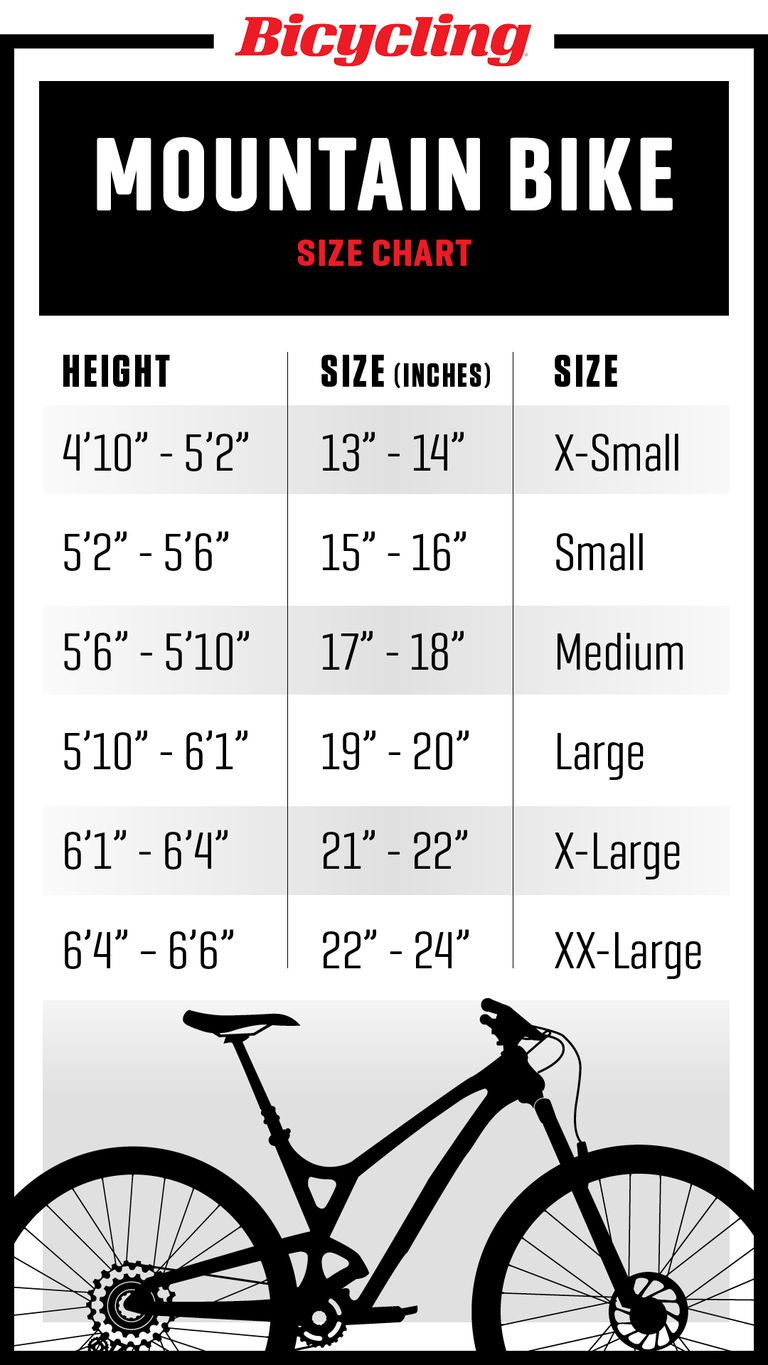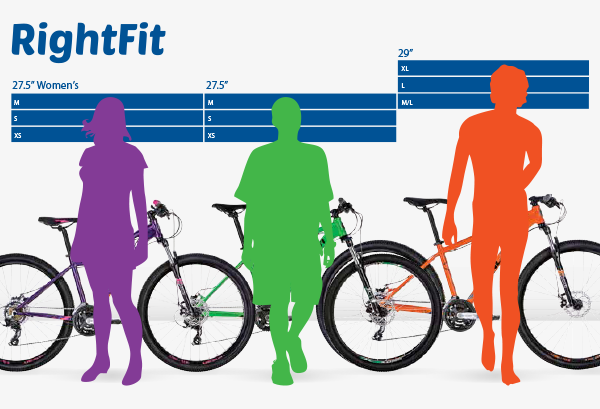The Significance of Choosing the Right Bike Frame Size
Choosing the right bike frame size is crucial for women who want to enjoy a comfortable, efficient, and safe cycling experience. A properly sized bike frame can greatly enhance the overall cycling experience, while an ill-fitted frame can lead to discomfort, inefficiency, and even injury. This is why it’s essential to understand the significance of choosing the right women’s bike frame size.
How to Measure Women’s Bike Frame Size
Measuring women’s bike frame size is a crucial step in finding the perfect bike. The right bike frame size can greatly enhance the cycling experience, making it more comfortable, efficient, and safe. Here’s a step-by-step guide on how to measure women’s bike frame size:
- Gather the necessary tools: a measuring tape, a friend or family member to help, and a book or level to ensure the bike is upright.
- For road bikes, measure the seat tube length from the center of the bottom bracket to the top of the seat tube. For mountain bikes and hybrid bikes, measure the top tube length from the head tube to the seat tube.
- Record the measurement in inches or centimeters, depending on the bike frame size chart you’re using.
- Consider using height as a general guideline for bike frame size selection. However, keep in mind that body proportions, riding style, and flexibility can also affect the bike frame size selection.
Factors Affecting Women’s Bike Frame Size Selection
When it comes to choosing the right bike frame size, there are several factors that women should consider. These factors can greatly affect the bike fit and comfort, and should be taken into account when selecting a bike frame size:
- Body proportions: Women’s bodies are often proportioned differently than men’s, which can affect the bike fit. For example, women may have longer legs relative to their torso, which can affect the saddle height and handlebar position.
- Riding style: The type of riding a woman plans to do can also affect the bike frame size selection. For example, a woman who plans to do mostly road cycling may prefer a different bike frame size than a woman who plans to do mostly mountain biking.
- Flexibility: A woman’s flexibility can also affect the bike fit. For example, a woman with limited flexibility may need a different bike frame size or adjustments to ensure a comfortable and efficient bike fit.
By considering these factors, women can ensure a comfortable and efficient bike fit, which can greatly enhance the cycling experience. It’s important to keep in mind that finding the perfect bike frame size may require some trial and error, and that small adjustments can make a big difference in the bike fit.
Popular Women’s Bike Frame Sizes and Brands
When it comes to women’s bike frame sizes, there are several popular options to choose from. Here are some of the most common women’s bike frame sizes and brands, along with their corresponding frame measurements:
- Trek: Trek offers women’s bike frames in sizes ranging from 13.5 to 22 inches, with their women’s specific models featuring a more relaxed geometry and narrower handlebars.
- Specialized: Specialized offers women’s bike frames in sizes ranging from 44 to 57 centimeters, with their women’s specific models featuring a shorter top tube and women’s specific components.
- Giant: Giant offers women’s bike frames in sizes ranging from XS to XL, with their women’s specific models featuring a more upright riding position and women’s specific components.
- Cannondale: Cannondale offers women’s bike frames in sizes ranging from 44 to 56 centimeters, with their women’s specific models featuring a more relaxed geometry and women’s specific components.
It’s important to note that different brands and models may have different frame geometry and design, which can affect the bike fit. When selecting a bike frame size, it’s important to consider the factors that can affect the bike fit, such as body proportions, riding style, and flexibility, and to make any necessary adjustments to ensure a comfortable and efficient bike fit.
Tips for Adjusting Women’s Bike Frame Size
Even after selecting the right bike frame size, it’s important to make small adjustments to ensure a comfortable and efficient bike fit. Here are some tips for adjusting women’s bike frame size:
- Stem length: The stem connects the handlebars to the bike frame, and its length can greatly affect the bike fit. A shorter stem can make the handlebars appear closer, while a longer stem can make them appear further away. It’s important to find a stem length that allows for a comfortable and upright riding position.
- Saddle height: The saddle height should be adjusted so that the leg is almost fully extended at the bottom of the pedal stroke. A saddle that is too high or too low can lead to discomfort and inefficiency. It’s important to make small adjustments to the saddle height and to test ride the bike to ensure a comfortable and efficient bike fit.
- Saddle angle: The saddle angle can also affect the bike fit. A saddle that is angled too far downwards can put pressure on the hands and wrists, while a saddle that is angled too far upwards can put pressure on the genitals. It’s important to find a saddle angle that is comfortable and provides good support for the pelvis.
- Handlebar position: The handlebar position can also affect the bike fit. A handlebar that is too high or too low can lead to discomfort and inefficiency. It’s important to find a handlebar position that allows for a comfortable and upright riding position, and that provides good control over the bike.
By making these small adjustments, women can ensure a comfortable and efficient bike fit, which can greatly enhance the cycling experience. It’s important to remember that finding the perfect bike fit may require some trial and error, and that regular bike fits can help maintain a comfortable and efficient bike fit over time.
Common Mistakes to Avoid When Choosing Women’s Bike Frame Size
When it comes to choosing the right bike frame size, there are several common mistakes that women should avoid. Here are some of the most common mistakes to avoid when choosing women’s bike frame size:
- Relying solely on height: While height can be a useful general guideline for bike frame size selection, it’s important to consider other factors as well, such as body proportions, riding style, and flexibility. Relying solely on height can lead to an ill-fitting bike and discomfort while riding.
- Ignoring body proportions: Women’s bodies are often proportioned differently than men’s, which can affect the bike fit. For example, women may have longer legs relative to their torso, which can affect the saddle height and handlebar position. Ignoring body proportions can lead to an ill-fitting bike and discomfort while riding.
- Neglecting to test ride the bike: It’s important to test ride the bike before making a final decision. Neglecting to test ride the bike can lead to an ill-fitting bike and discomfort while riding. Test riding the bike allows you to ensure that the bike fits well and is comfortable to ride.
- Assuming one size fits all: Different brands and models of bikes may have different frame geometry and design, which can affect the bike fit. Assuming that one size fits all can lead to an ill-fitting bike and discomfort while riding. It’s important to consider the specific bike frame size and geometry when choosing a bike.
By avoiding these common mistakes, women can find the perfect bike frame size and enjoy a comfortable and efficient cycling experience. It’s important to remember that finding the perfect bike fit may require some trial and error, and that regular bike fits can help maintain a comfortable and efficient bike fit over time.
Benefits of a Properly Fitted Women’s Bike Frame
Choosing the right bike frame size is essential for a comfortable and efficient cycling experience. A properly fitted bike frame can provide numerous benefits, including:
- Improved power transfer: When the bike frame fits well, it allows for more efficient power transfer from the pedals to the wheels. This means that you can ride faster and longer with less effort.
- Reduced fatigue: A properly fitted bike frame can help reduce fatigue by placing the rider in a comfortable and efficient position. This allows you to ride for longer periods of time without experiencing discomfort or soreness.
- Increased confidence: When you feel comfortable and confident on your bike, you’re more likely to enjoy your rides and push yourself to new limits. A properly fitted bike frame can help increase confidence by providing a stable and secure riding position.
- Prevention of injury: Choosing the wrong bike frame size can lead to discomfort, inefficiency, and even injury. A properly fitted bike frame can help prevent injury by placing the rider in a comfortable and efficient position, reducing strain on the muscles and joints.
Regular bike fits are also important to maintain a comfortable and efficient bike fit over time. As your body changes, your bike fit may need to be adjusted to ensure continued comfort and efficiency. By investing in a properly fitted bike frame and regular bike fits, you can enjoy a comfortable and efficient cycling experience for years to come.
Resources for Further Information on Women’s Bike Frame Size
If you’re still unsure about how to choose the right bike frame size for women, there are several resources available to help you. Here are some of the best resources for further information on women’s bike frame size:
- Bike fit calculators: Many bike manufacturers and retailers offer bike fit calculators on their websites. These calculators use your height, inseam, and other measurements to recommend the best bike frame size for you. Some popular bike fit calculators include the Trek Bike Fit Calculator, the Specialized Bike Fit Calculator, and the Giant Bike Fit Calculator.
- Bike fit specialists: A bike fit specialist can provide a professional bike fit, taking into account your body proportions, riding style, and flexibility. A bike fit specialist can help you find the perfect bike frame size and make adjustments to ensure a comfortable and efficient bike fit. You can find bike fit specialists at bike shops, fitness centers, and online.
- Bike manufacturers’ sizing charts: Most bike manufacturers provide sizing charts on their websites, which list the recommended bike frame size based on height and inseam measurements. These charts can be a useful starting point for finding the right bike frame size, but keep in mind that they are only a general guideline. It’s important to consider other factors, such as body proportions, riding style, and flexibility, when choosing a bike frame size.
When it comes to choosing the right bike frame size for women, it’s important to seek professional advice and guidance. By using bike fit calculators, consulting with bike fit specialists, and referring to bike manufacturers’ sizing charts, you can find the perfect bike frame size for a comfortable and efficient cycling experience. Remember, a properly fitted bike frame can provide numerous benefits, including improved power transfer, reduced fatigue, and increased confidence. So take the time to find the right bike frame size, and enjoy the ride!








